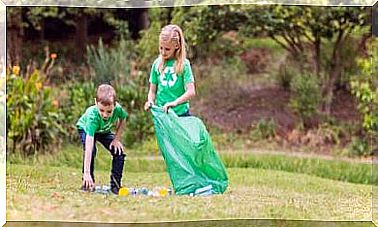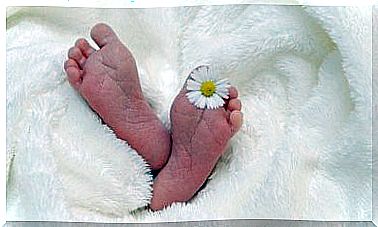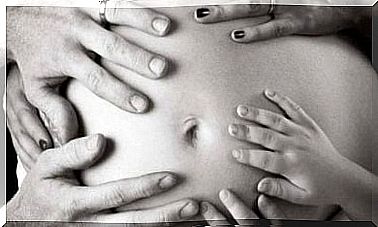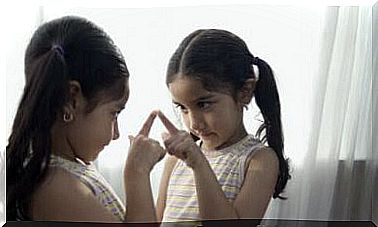How To Teach Your Children To Take Responsibility
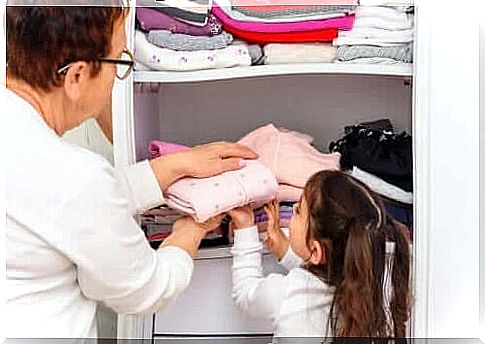
When children are allowed to take responsibility as children, it helps them to develop their personal autonomy. This means that you give them tasks or goals that they can commit to, as well as learn the consequences of their actions. How do you teach your children to take responsibility according to their age?
In the following article, we discuss the development of personal autonomy and play, as they are closely linked. We look at the youngest children in different age groups, from two to ten years.
In addition to this, we also give some suggestions for different tasks that you can assign to the children. We also do this according to their age, so that you can more easily encourage children of different ages to develop their sense of responsibility.
How to teach your children to take responsibility
Here are some tips on how to start teaching your children – or students – to take responsibility according to their age. Take a look and see what you think!
Children two to three years old
According to experts, the tasks that children at this age can and should perform should always be supervised by an adult. At the age of two to three , children still do not understand whether they are doing things right or wrong. They act either by notice or prohibition. This means that at this age they have no self-control.
Some examples of tasks that teach these very young children to take responsibility are to clean away toys with the help of an adult, put on their pajamas, water the flowers and remove the napkins after dinner.
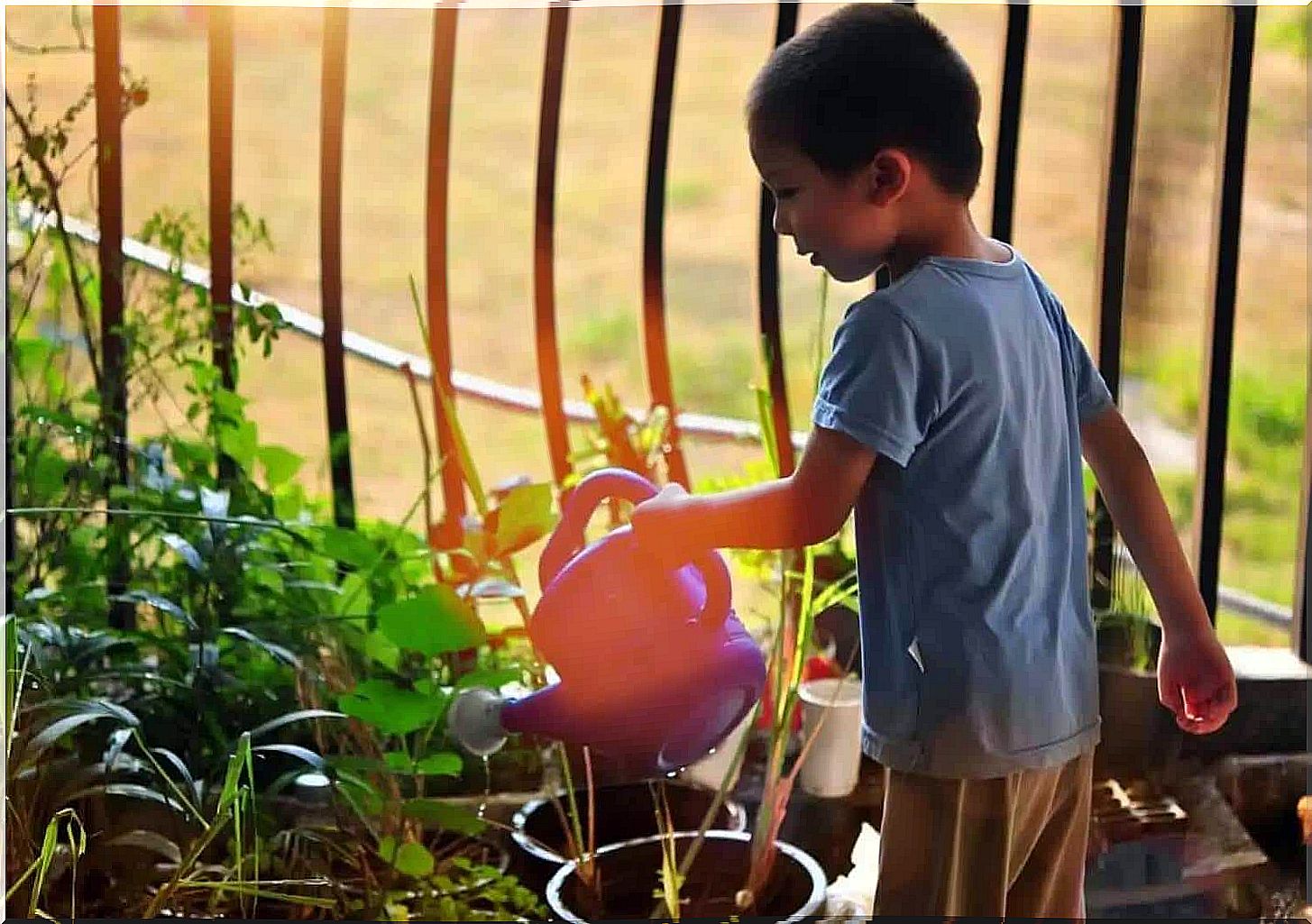
Teach your children to take responsibility: Children as young as four
As these children are a little older, the responsibility you can give these children is also something that at the same time increases their personal autonomy somewhat.
Between the ages of three and four , children begin to observe adults very much, and above all to imitate their behavior. On the other hand, their interest in playing with other children is growing. In addition to this, at this age, their actions are based on the rewards (reinforcements) and punishments they can receive.
This is a time when children can start doing things themselves and, among other things, keep their things in order. What information is then good to give them at this age? They can help set the table, and you can encourage them to get dressed and by themselves. You can also teach them to share their things, wait their turn, pick away their things themselves, and so on.
Children aged four to five
At this age, the child still observes and imitates adults. But they still need guidance. The desire to please and help begins to emerge at this age. This can be beneficial when choosing appropriate tasks to help them take responsibility.
In addition, because of this, the child will show some initiative. Among other things, it can be about wanting to sleep alone, dress yourself, play by yourself and do certain household chores.
Examples of tasks that can encourage responsibility in children at this age are to let them take care of their siblings (with the presence of an adult), let them clean up after themselves and help in the kitchen.
At this age, children begin to become more independent, both in their personal care (when they dress, shower, etc.) and when they eat.
When it comes to their games , this is a period when they begin to accept taking turns doing things (even if they do not always respect the turn of others), and they can go out with some other children to play together. This is the age when the first friendships are made.
Teach your children to take responsibility: Children between the ages of five and six
Between the ages of five and six , children have usually learned proper social behavior and social norms. But they still need an adult to show them what to do and not to do. It is a good idea to give them a few different options to choose from, as this strengthens their personal autonomy.
What information can you give them at this age? Simple chores at home, such as setting the table, cleaning, presenting your own clothes to get dressed and packing your school bag for school, etc. At this age, they usually like to help and go about errands. When it comes to games, they play in groups of three or more children and can follow simple rules.
Children aged six to seven
At this age, you can give them more complex responsibilities. They can prepare things to have for school (and for all other activities), and they can do well in environments and in places that are very familiar, such as school.
They are also starting to be able to manage to get some pocket money every week and can also have their own piggy bank where they put their saving money. Between the ages of six and seven, they still need to be guided by the rules and habits of adults and still identify what is “right” through the reprimands they receive from adults, and what is “wrong” through what adults tell them not to do or through to see that it makes an adult angry.
Children between the ages of eight and nine
Personal autonomy has now begun to develop and children can control their impulses according to their intentions. They begin to become independent of their parents and therefore seek their own personal interests.
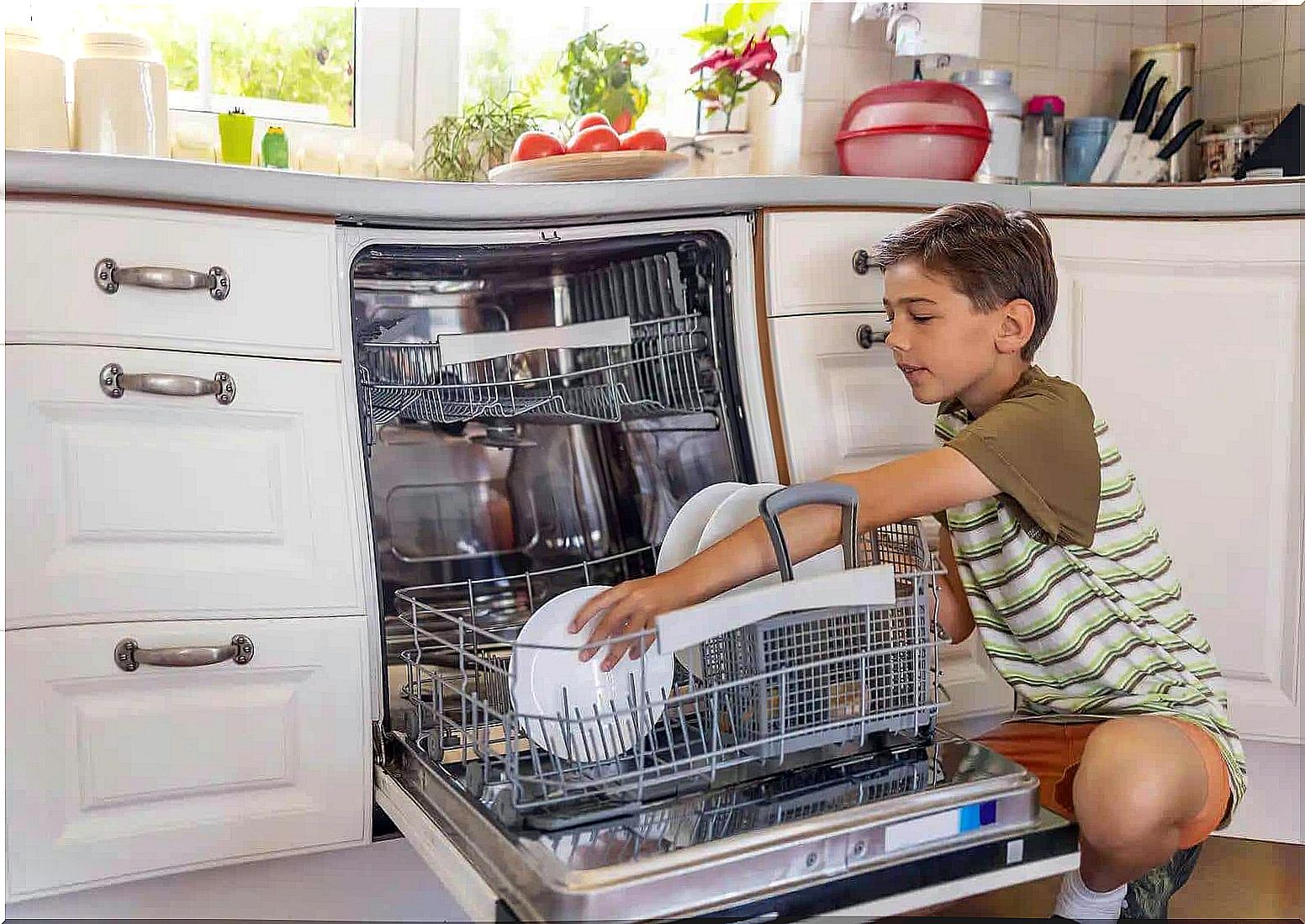
To teach children to take responsibility at this age, you can assign them tasks such as cooking breakfast in the morning, bathing or showering themselves, helping in the kitchen, setting the table after dinner, emptying the dishwasher, and so on. When they reach this age, you need to show an attitude that encourages them to take the initiative, while mixing your requirements with some flexibility.
Teach your children to take responsibility: Ten years and older
From this age, the tasks you can give them gradually become more complex. They should now be able to take out the garbage, make simple purchases for the household, cook some food (prepare prepared dishes for example), sew in buttons and even take the family’s pets for a walk.
Conclusions
These are just a few tips on how to teach children to take responsibility. Depending on the child’s characteristics and development, you can easily adapt the tasks. As children grow up, they become more and more independent, and it then becomes necessary to adapt accordingly and in turn adapt the responsibilities you give them.
Like many other skills and values, responsibility is also something you can work with. Knowing your children will help you better understand their stage of development and capacity. It will help you decide which tasks they can perform on their own and which still need supervision.
If you are thinking of something , you can always turn to a specialist in the field for guidance. There are also special books on the subject. Today, there are many sources with useful and inspiring material, both in libraries and on the internet.

